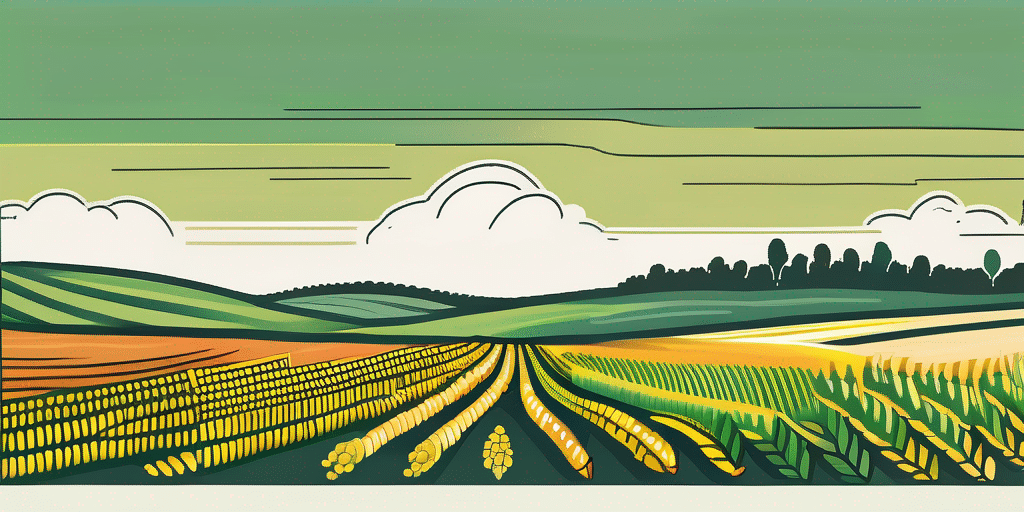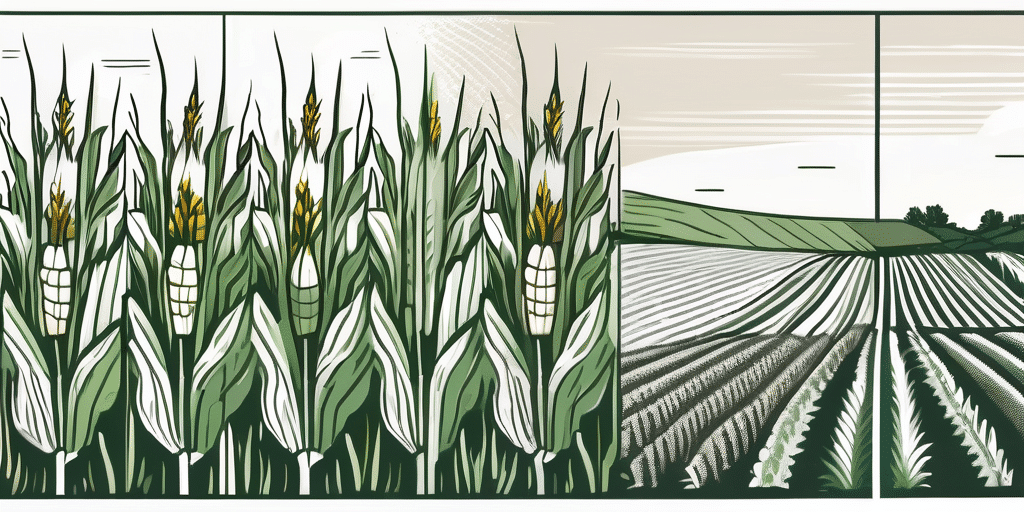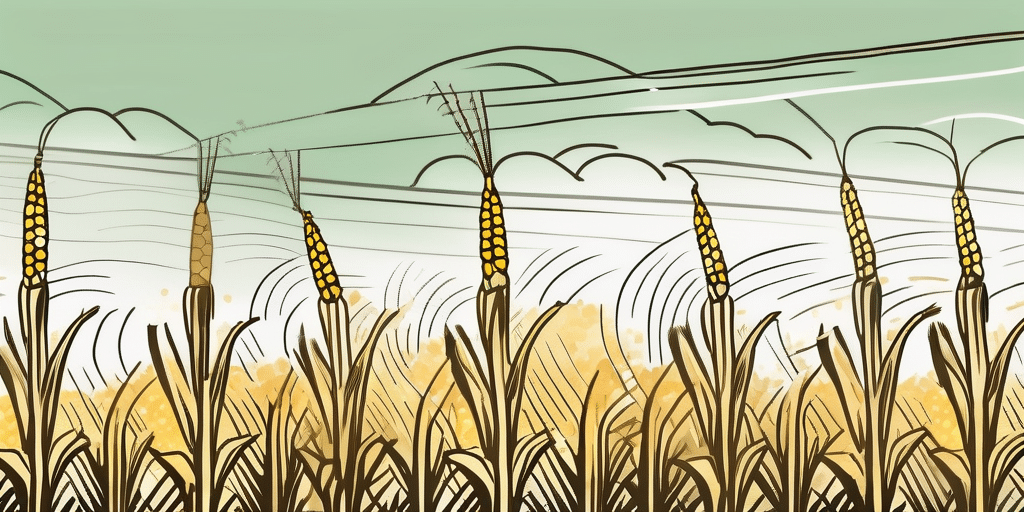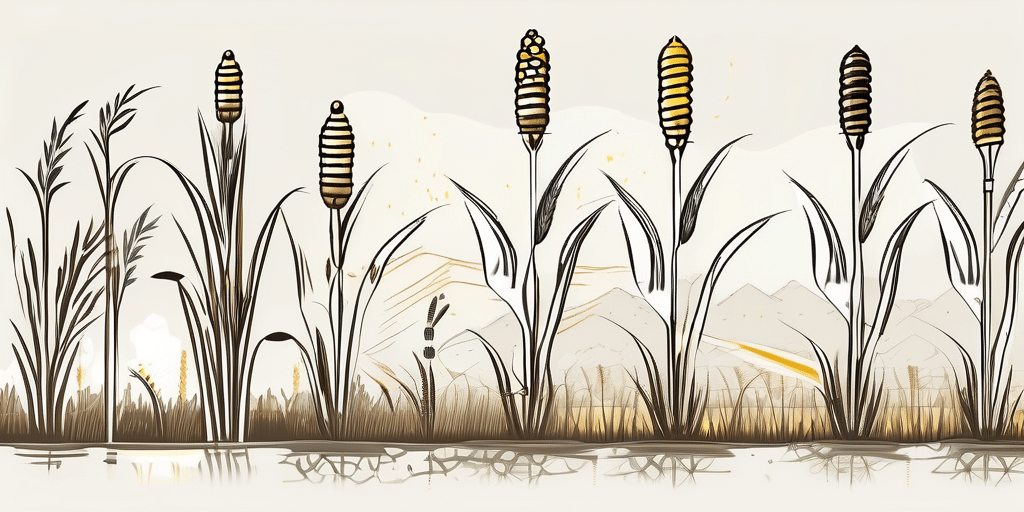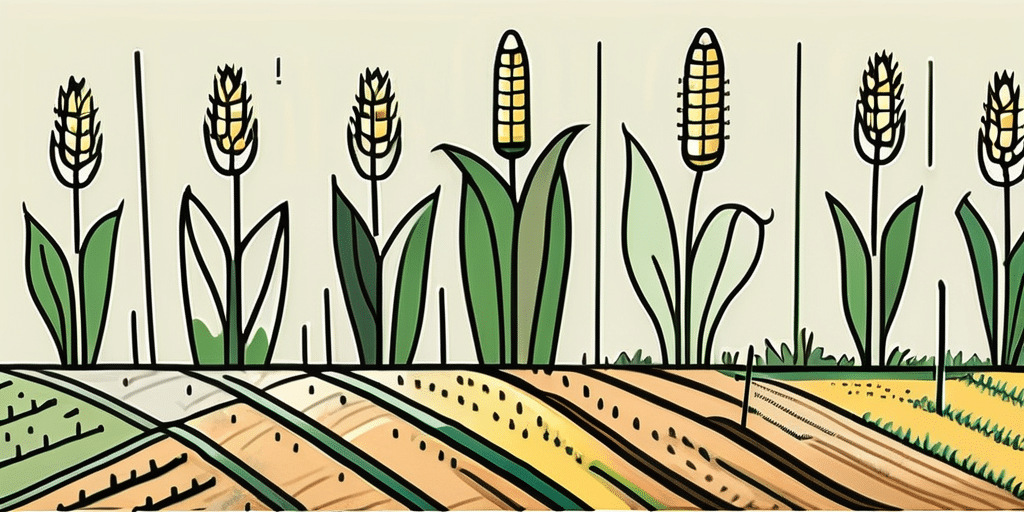Montauk corn is a popular variety of corn known for its delicious taste and versatility in culinary dishes. If you’re a resident of Nevada and want to enjoy the goodness of Montauk corn right from your garden, this article is for you. In this guide, we will discuss when to plant Montauk corn in Nevada and provide you with all the necessary information on how to successfully grow it.
Climate & Hardiness Zones in Nevada
Nevada, characterized by its arid climate and extreme temperature fluctuations, poses unique challenges for gardeners. It is important to understand the climate and hardiness zones in Nevada to ensure the best growing conditions for Montauk corn.
The state of Nevada is divided into USDA hardiness zones 4b to 9a, with the majority falling in zones 6a to 8a. These zones indicate the average annual minimum temperatures, helping you determine which plants are suitable for your area.
Nevada’s climate is predominantly arid, with most areas receiving less than 10 inches of rainfall annually. This low precipitation, combined with high evaporation rates, creates a challenging environment for gardening. Gardeners in Nevada must rely on efficient irrigation methods and drought-resistant plants to maintain healthy gardens.
Due to its varied topography, Nevada experiences a wide range of temperatures throughout the year. In the summer, temperatures can soar above 100°F, while winter nights can drop below freezing. This temperature fluctuation requires gardeners to select plants that can withstand extreme heat and cold, making it essential to choose species that are well-suited to the specific hardiness zone of your location.
When to Plant Montauk Corn in Nevada
The timing of planting Montauk corn in Nevada is crucial for its success. The best time to start planting Montauk corn in Nevada is in late spring when the soil has warmed up and the threat of frost has passed. Aim to plant your seeds when the soil temperature reaches around 50 to 55°F (10 to 13°C).
It is essential to consider your specific location within Nevada and the prevailing weather conditions. Consult your local cooperative extension office or refer to the USDA Plant Hardiness Zone Map to determine the optimal planting time for your area.
Additionally, if you plan on growing Montauk corn from seedlings instead of seeds, you should start them indoors two to three weeks before the last expected frost date. This will give them a head start and improve their chances of successful growth.
Nevada’s diverse climate can present challenges for Montauk corn growers. The state experiences a wide range of temperatures and precipitation levels, with northern Nevada typically having cooler temperatures compared to the southern regions. When planting Montauk corn in Nevada, it’s crucial to monitor weather patterns and adjust your planting schedule accordingly.
Furthermore, soil quality plays a significant role in the success of Montauk corn crops. Conduct a soil test before planting to assess nutrient levels and pH balance. Montauk corn thrives in well-draining soil rich in organic matter. Consider amending your soil with compost or organic fertilizers to provide the necessary nutrients for healthy plant growth.
How to Prepare the Soil for Montauk Corn
Preparing the soil properly is vital for the healthy growth of Montauk corn in Nevada. Montauk corn, also known as “Glass Gem” corn, is a stunning and unique variety with translucent kernels that resemble colorful pieces of glass. Originating from Native American tribes, this corn is not only visually striking but also delicious and versatile in culinary applications.
Here are the steps to prepare your soil for cultivating this extraordinary corn variety:
- Clear the area of any debris, rocks, or weeds. This step is crucial as it creates a clean canvas for planting and reduces competition for nutrients and water.
- Amend the soil with organic matter, such as compost or well-rotted manure, to improve its fertility and drainage. Organic matter helps enhance soil structure, promotes beneficial microbial activity, and provides essential nutrients for plant growth.
- Ensure the soil has good drainage to prevent waterlogging, which can lead to root rot. Montauk corn thrives in well-draining soil that allows excess water to flow away from the roots, preventing issues associated with waterlogged conditions.
- Test the soil pH and adjust if necessary. Corn prefers a slightly acidic to neutral pH range of 6.0 to 7.0. Maintaining the correct soil pH is essential for optimal nutrient uptake by the corn plants, ensuring healthy growth and development.
Additionally, before planting Montauk corn, consider incorporating a balanced fertilizer to provide a nutritional boost for the plants throughout the growing season. This can help support vigorous growth, robust stalks, and bountiful ears of corn filled with vibrant, jewel-toned kernels.
How to Plant Montauk Corn
Once you have prepared the soil, you’re ready to plant your Montauk corn. Follow these steps for successful planting:
- Make furrows in the prepared soil that are around 1 inch (2.5 cm) deep and spaced about 12 to 15 inches (30 to 38 cm) apart. The spacing ensures sufficient room for the corn plants to grow and develop.
- Sow the Montauk corn seeds, placing them about 6 to 8 inches (15 to 20 cm) apart within the furrows.
- Cover the seeds with soil, gently pressing it down to ensure good seed-to-soil contact.
- Water the soil thoroughly but gently, keeping it consistently moist until the seeds germinate. Avoid overwatering, as excessive moisture can cause rotting.
When to Harvest or Pick Montauk Corn in Nevada
Patience is key when it comes to harvesting Montauk corn in Nevada. The time to harvest depends on the variety and the growing conditions, so keep an eye on your plants. Here are a few signs to look for:
- Ear size: Montauk corn ears should be fully filled out and typically measure around 8 to 10 inches (20 to 25 cm) in length.
- Silks: The silks, which are the fine, thread-like structures protruding from the tip of the ear, should be brown and dry.
- Kernels: Squeeze a few kernels to check their ripeness. If the kernels release a milky liquid when punctured, it’s a sign that they’re ready to be harvested.
It is important to note that Montauk corn is at its peak of flavor and sweetness when consumed immediately after harvest. Therefore, it is recommended to harvest the corn just before preparing it for your meals to ensure maximum freshness and flavor.
Frequently Asked Questions
1. Can I grow Montauk corn in containers?
Yes, you can grow Montauk corn in containers as long as the containers are large enough to accommodate the corn plants and have adequate drainage. Select a dwarf variety suitable for container gardening to ensure successful growth.
2. How often should I water Montauk corn?
Montauk corn requires regular watering, especially during hot and dry periods. Aim to provide 1 to 1.5 inches (2.5 to 3.8 cm) of water per week, either through rainfall or irrigation. However, be careful not to overwater, as it can lead to root diseases.
3. Are there any pests or diseases that affect Montauk corn in Nevada?
Montauk corn is generally resilient against common corn pests and diseases. However, it is still susceptible to certain pests, such as corn earworms and aphids, and diseases like common rust and northern corn leaf blight. Implement preventive measures such as regular inspection, crop rotation, and appropriate pest management strategies to minimize potential issues.
In conclusion, growing Montauk corn in Nevada can be a rewarding experience. By following the proper planting and care instructions, you can enjoy the delicious taste of this versatile corn variety right from your own backyard. Remember to consider the specific climate and hardiness zones in Nevada, prepare the soil adequately, and harvest the corn at its peak for the best results. Happy gardening!
Join How to Grow Everything for More Gardening Success
Ready to take your gardening skills to the next level? Subscribe for free to How to Grow Everything and learn how to build the garden of your dreams! Receive personalized gardening advice tailored to your location, grow zone, experience level, and interests. Enjoy the best gardening tips, special offers, and deals delivered straight to your inbox—100% free, from our family to yours. Don’t miss out on our extensive library of free growing and gardening articles. Let’s grow together!

